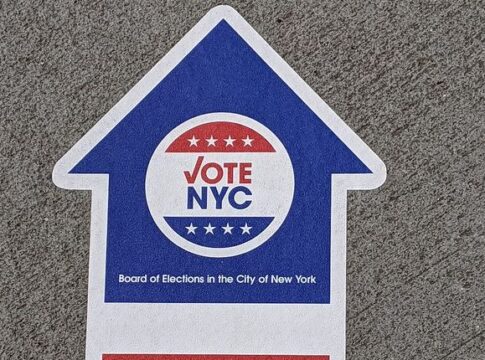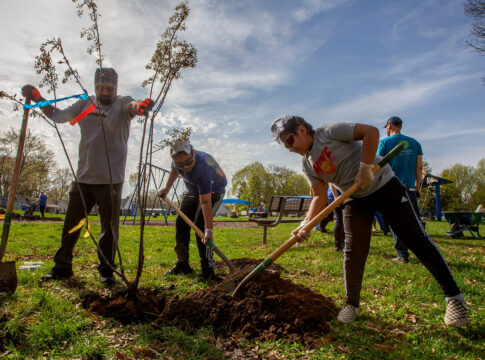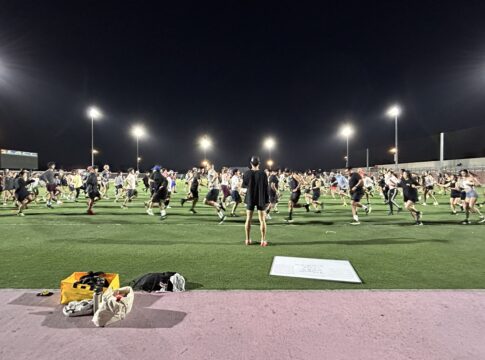
Photo by Philip Harris (@pharris)

Japanese rock band ONE OK ROCK is touching the hearts of viewers with their latest music video, Stand Out Fit In, which showcased snippets of the Asian American experience. In less than one month, the video has generated almost 6.2 million views on YouTube. The video’s director, Peter Huang. spoke to AsAmNews about his life and what influenced him in creating the story.
Huang came to Canada by way of China when he was only four years old, where he quickly stopped learning Chinese and started to learn English.
Although he doesn’t remember the incident clearly, Huang’s mom told him the story of how his English was put to good use: “Because I knew English, I stopped a kid from getting bullied who only knew Chinese,” Huang told AsAmNews.
Although Huang didn’t experience much direct bullying himself, he definitely felt like an outsider as a Chinese kid in Canada.
LATEST STORIES
“I was always known as the ‘Whitest’ Asian kid and I wore that kind of proudly,” he added. “The ‘fobbier’ kid got picked on.”
“I felt so uncool in high school,” he said. “Asian, not good looking, not White.” Striving to be the “Whitest” Asian kid was a struggle for him, and he dealt with his feelings of isolation via art. He turned to reading, video games, and music. He originally wanted to be a musician, but he started making prank videos in high school with his friends, which eventually led to filmmaking.
ONE OK ROCK reached out to him with the intention of having their music video showcase the Asian American experience and feelings of alienation. Huang quickly drafted a story with inspiration from his own life.
Huang’s parents owned a Chinese restaurant for a couple years when he was young, and the scene of the protagonist doing homework while his parents are working in the restaurant is very reminiscent of Huang’s childhood days.
When asked about the decision to include the Sichuan opera dancing scene, Huang said he wanted to incorporate culturally Chinese elements. The art style is called Biàn Liǎn, which translates literally to “face-changing.” He mentioned his desire to include “thematic references to what Asian Americans are doing,” explaining it as “putting on different masks for the different worlds you live in.”
The end scene where the protagonist transforms to appear more “White” also definitely catches the eye. “When I was younger, I looked in the mirror, and I wished I looked more like a White person—blonde hair and blue eyes.” said Huang.
He definitely was able to connect to viewers, with plenty of YouTubers sharing their experiences in the comments:




Huang said that as an adult, he’s able to celebrate the cultural differences among his friends, something that was difficult when he was younger due to the pressures to assimilate.
He hopes that viewers will feel a “weird sense of belonging from knowing that people went through the same kind of outsider experience that you did.”
AsAmNews has Asian America in its heart. We’re an all-volunteer effort of dedicated staff and interns. Check out our Twitter feed and Facebook page for more content. Please consider interning, joining our staff or submitting a story.








